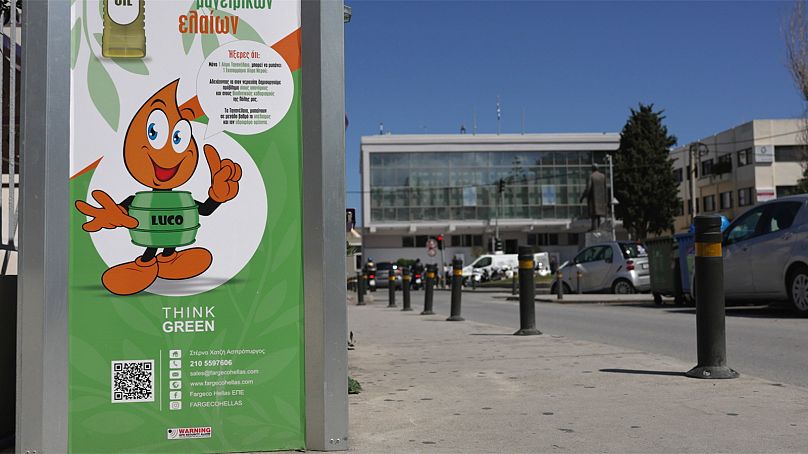Mediterranean cities build a united front against the climate crisis
The European COMPOSE project brings together cross-disciplinary expertise and proven best practices to support decision-makers in small and medium-sized cities as they tackle the climate crisis and transition to renewable energy.
At 700 meters above sea level, Anogeia is one of the highest inhabited villages in Crete. Freezing temperatures are not uncommon. Heating is a necessity for the 2,000 residents, many of whom rely on tourism and herding to make a living.
Just a decade ago, most homes were still using traditional fireplaces. These brought smoke indoors, polluted the air, and contributed to deforestation in the surrounding mountains. Facing rising energy needs, environmental concerns, and the ongoing impact of the Greek economic crisis, the local municipality began looking for sustainable, cost-effective alternatives.
Anogeia is a participant in COMPOSE, a European initiative that ran from 2016 to 2019 and supported renewable energy projects across 11 Mediterranean regions. The program focused on helping small and medium-sized municipalities overcome key obstacles such as limited staff, funding shortages, and a lack of technical expertise needed to develop and implement sustainable energy plans.
The initiative was primarily funded through the European cohesion policy, which covered nearly 75 percent of its €2.5 million budget. Its main objective was to boost the use of renewable energy and reduce CO2 emissions in the Mediterranean, a region warming 20 percent faster than the global average.
Nearby, the coastal city of Rethymno also partnered with COMPOSE to address sustainability challenges brought on by rapid urban growth. The city introduced a used cooking oil collection system that transforms this waste into biofuel. It also installed solar panels to power the city hall and charging stations for electric vehicles.
“I believe that protecting the environment is a collective responsibility. No one should assume that someone else will do the work” George Marinakis, the city’s mayor, told Euronews.
Today, the legacy of the COMPOSE project lives on through the COMPOSE toolbox, a web-based platform maintained by Stavroula and her students at the University of Crete’s Renewable and Sustainable Energy Systems Lab.
Serving as both a data repository and a practical guide, the toolbox offers municipalities and stakeholders a simple, step-by-step approach to adapt climate mitigation strategies to local realities.



댓글
댓글 쓰기